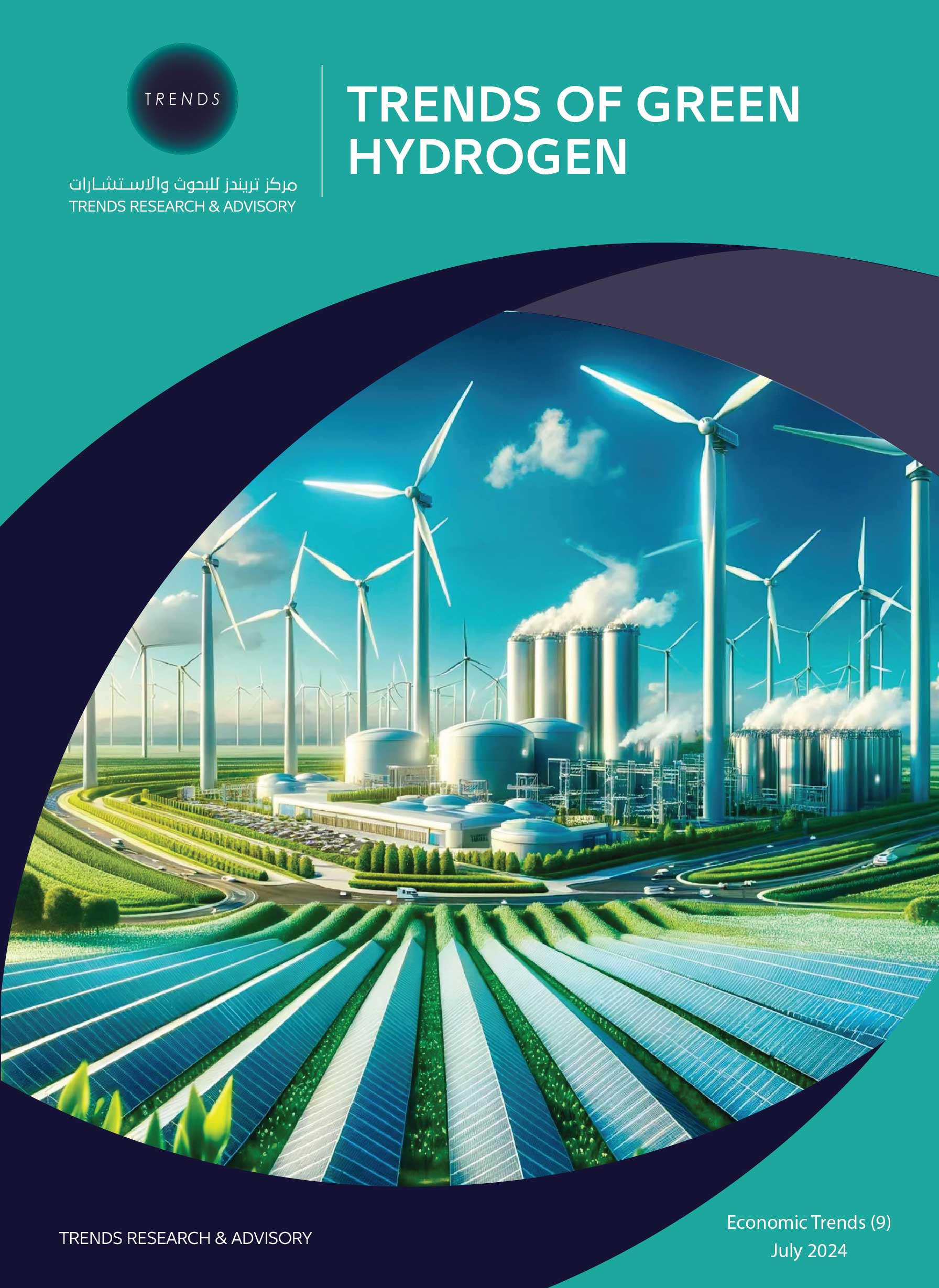The gas and oil industry are grappling with a climate crisis triggered by carbon emissions. Yet, a ray of hope emerges from green hydrogen (GH2). The world is now pivoting towards zero-emission technology for decarbonization, digitalizing energy processes, and decentralizing energy through renewable energy sources. GH2, a distinct type of hydrogen that can be derived from various sources including natural gas, nuclear power, biogas, solar, and wind power, is leading this transition. Our analysis builds on how GH2, with its unique ability to transform into a molecular fuel capable of providing clean energy to all sectors of the global economy, can inspire optimism and revolutionize the energy transition. GH2 is not just a fuel substitute; it is a game-changer.
Research on green hydrogen has uncovered crucial insights. Besides its potential economic benefits, GH2 is a powerful tool for mitigating climate change. It is easy to store, emits no polluting gases during combustion or production, and can be used later for various purposes. This represents a significant advancement in the fight against climate change. However, the economic feasibility of its production and distribution remains a challenge. The study delves into the theoretical framework, potential, and obstacles of GH2 adoption, highlighting the substantial effort needed to achieve the targeted production cost of $1/kg by 2050.
While Australia and the UAE have achieved cost ranges of $3.1/kg and $3.7/kg respectively, significant investments and research are still required to meet the target. Four main strategic objectives are identified for the economics of GH2: reducing electrolysis costs, developing an infrastructure network, refining export business models, and meeting the increasing domestic demand.
The leading countries worldwide have made significant efforts and investments to enhance hydrogen (H2) production, focusing on green hydrogen derived from renewable energy sources. These initiatives are critical for driving the global transition to a sustainable energy future and combating climate change. Germany has established itself as a frontrunner in green hydrogen technology with the launch of its National Hydrogen Strategy in June 2020. The German government has allocated €9 billion to develop electrolysis capacity and incorporate hydrogen into industrial processes. This strategy outlines objectives for domestic hydrogen production, the creation of hydrogen infrastructure, and the promotion of international cooperation for hydrogen imports. Germany aims to achieve climate neutrality by 2050 with green hydrogen playing a pivotal role in its energy transition.
Japan has led the hydrogen economy, focusing on green and blue hydrogen. In December 2017, the Japanese Ministry of Economy, Trade and Industry (METI) outlined Japan’s Basic Hydrogen Strategy. This strategy aims to create a hydrogen society using hydrogen across various sectors including transport, industry, and residential applications. Japan has invested in hydrogen infrastructure such as refueling stations and transportation technologies. Additionally, the country is exploring international partnerships to import hydrogen from nations with abundant renewable energy resources.
Australia is using its abundant renewable energy sources to become a top exporter of green hydrogen. In November 2019, the Australian government introduced its National Hydrogen Strategy to establish Australia as a significant player in the global hydrogen market by 2030. The strategy emphasizes the development of hydrogen production using solar and wind power, creating export supply chains, and promoting domestic hydrogen markets. Australia has partnered with countries like Japan, Korea, and Germany to establish green hydrogen export routes.
The Netherlands is actively working on integrating green hydrogen into its industrial sector. The Dutch government is investing in hydrogen infrastructure and pilot projects to demonstrate the feasibility of hydrogen in industrial applications. The Port of Rotterdam is a central hub for hydrogen activities and has plans to develop one of Europe’s largest green hydrogen plants. This initiative involves collaboration with industrial partners and using offshore wind power to produce hydrogen. The Dutch strategy emphasizes the importance of international cooperation to secure hydrogen supplies and develop the necessary infrastructure.
Saudi Arabia is making significant progress in green hydrogen as part of its Vision 2030. The country is investing in large-scale renewable energy projects such as the NEOM city project, which aims to produce green hydrogen on a massive scale. Due to Saudi Arabia’s abundant solar and wind resources, it is an ideal location for green hydrogen production. The government is focusing on building the necessary infrastructure to support this emerging industry. NEOM is expected to become a global hub for green hydrogen, attracting investments and fostering innovation.
The UAE is also heavily investing in green hydrogen with projects like the Dubai Hydrogen Centre aiming to produce hydrogen using solar energy. Additionally, Egypt10 is developing its hydrogen strategy to leverage its renewable energy capacity to become a regional hydrogen hub. These international efforts highlight the crucial role of government policies, international cooperation, and technological innovation in advancing the global transition to green hydrogen.




